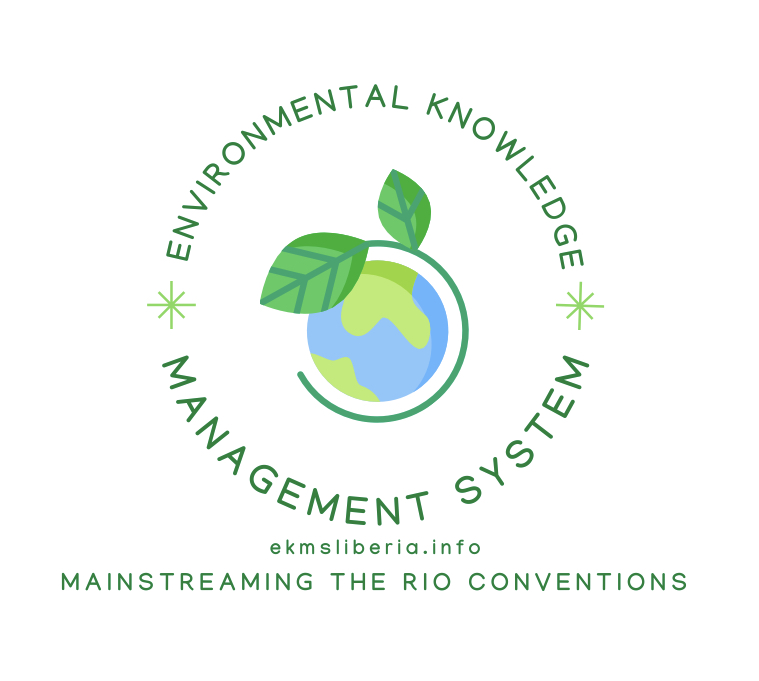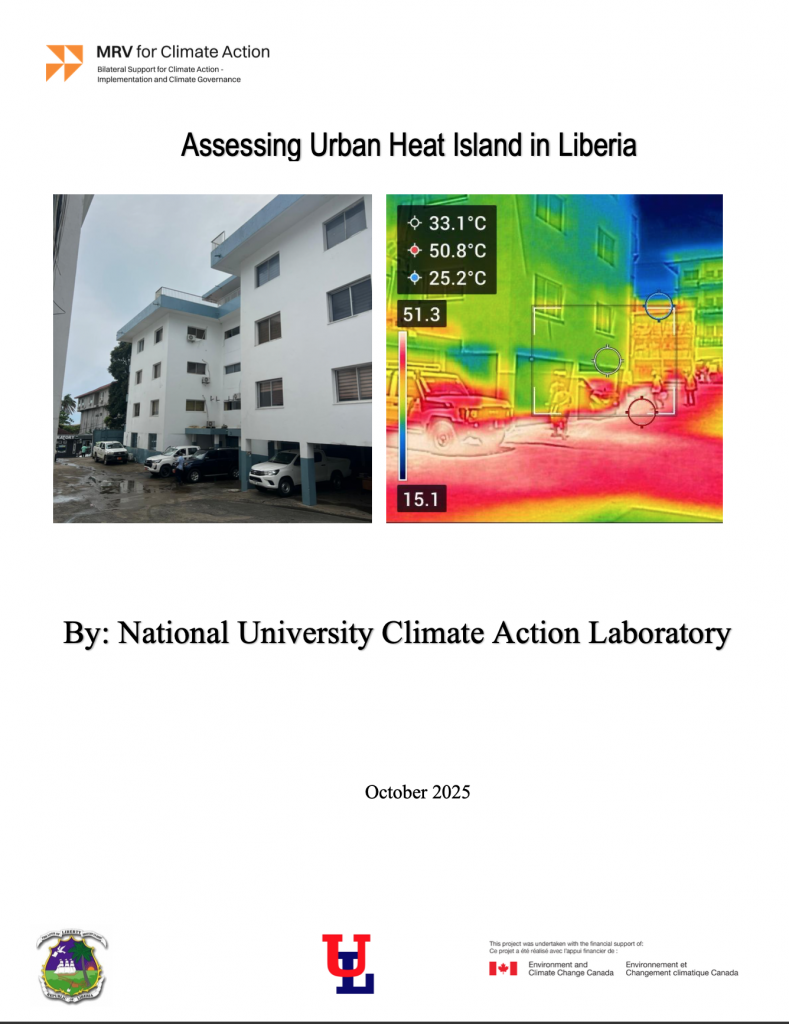Introduction
Urbanization and climate change pose significant challenges to cities worldwide, increasing problems related to heat stress (Tamball et al 2024). Urban heat islands occur when city landscapes
of asphalt, concrete, and buildings absorb and re-emit more heat than vegetated or rural areas, causing urban temperatures to rise above those of surrounding regions. Monrovia, the capital of Liberia, has a tropical climate and is one of the wettest capital cities, with high humidity and consistently warm temperatures year-round. Over the past decades, Greater Monrovia has undergone rapid urban expansion, driven by population growth and rural-to-urban migration, resulting in extensive land-use/land-cover changes (Brian 2024). This development has led to the replacement of natural landscapes (such as forests, wetlands, and open green spaces) with impervious surfaces and dense built-up areas. As a result, the UHI effect is emerging in Monrovia: urban neighborhoods experience noticeably higher temperatures than greener or less built-up areas, especially during the day.
Recent analyses underscore this local trend. A geospatial study of Greater Monrovia found that built-up land cover increased dramatically from about 14.6% in 1991 to 36.1% by 2020, while vegetated areas shrank significantly (Brian 2024). Correspondingly, land surface temperatures in heavily built parts of the city have risen. The same study noted that mean LST in dense urban neighborhoods reached around 42°C, compared to roughly 33–37°C in vegetated areas and about 30°C over water bodies (Brian 2024). In other words, surfaces in built-up Monrovia can be nearly 9°C hotter than those in nearby green or water-covered zones during peak heating periods. Such data, though limited, confirms that an urban heat island effect is taking hold in Monrovia, likely exacerbated by the decline of urban green cover and the increase in concrete and asphalt surfaces. This is consistent with global observations that impervious urban surfaces absorb and retain solar energy, creating localized heating (Brian 2024).
The impacts of rising urban heat in Monrovia are a growing concern. Higher ambient temperatures contribute to heat stress for residents, potentially leading to adverse health effects (heat exhaustion, heat stroke, exacerbated medical conditions) and reduced outdoor comfort (Tamball et al 2024). They can also increase energy demand for cooling, straining electricity supply and raising costs for a city where access to power and air conditioning is limited for many. In general, heat islands have been linked to increased air pollution (as stagnant hot air can worsen smog) and even impacts on water quality due to heated runoff. Vulnerable groups, such as the elderly, young children, and low-income households in densely populated informal settlements are at particular risk from extreme heat and lack of cooling options. Monrovia’s coastal location means high humidity, which
can make the heat index (or “felt” heat) very severe even if air temperatures are moderately high (Climate risk profile report, 2024).


